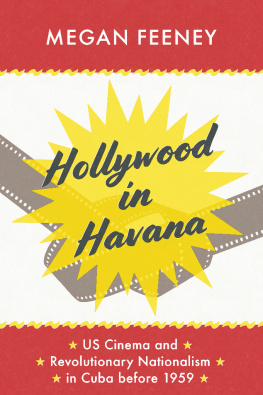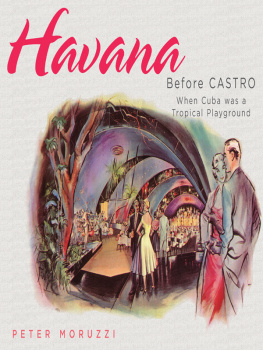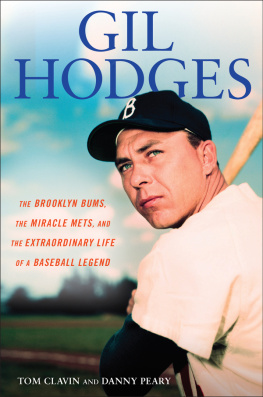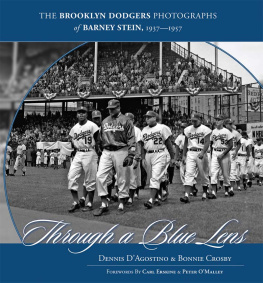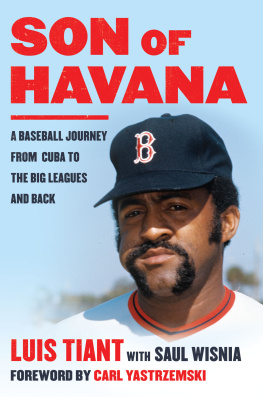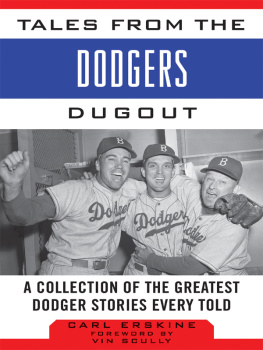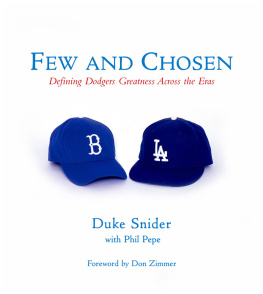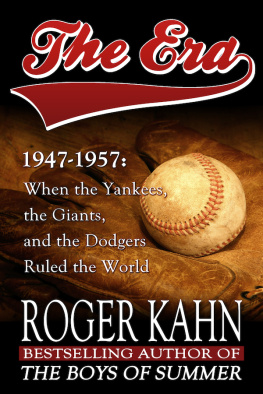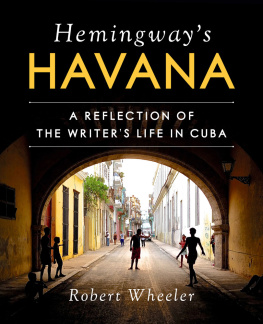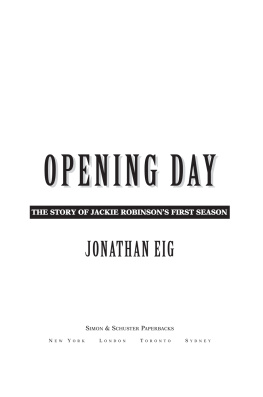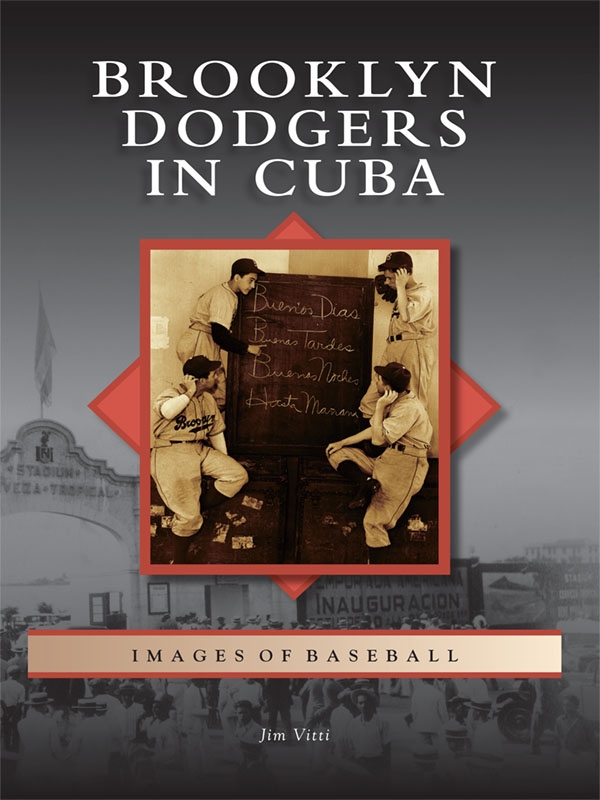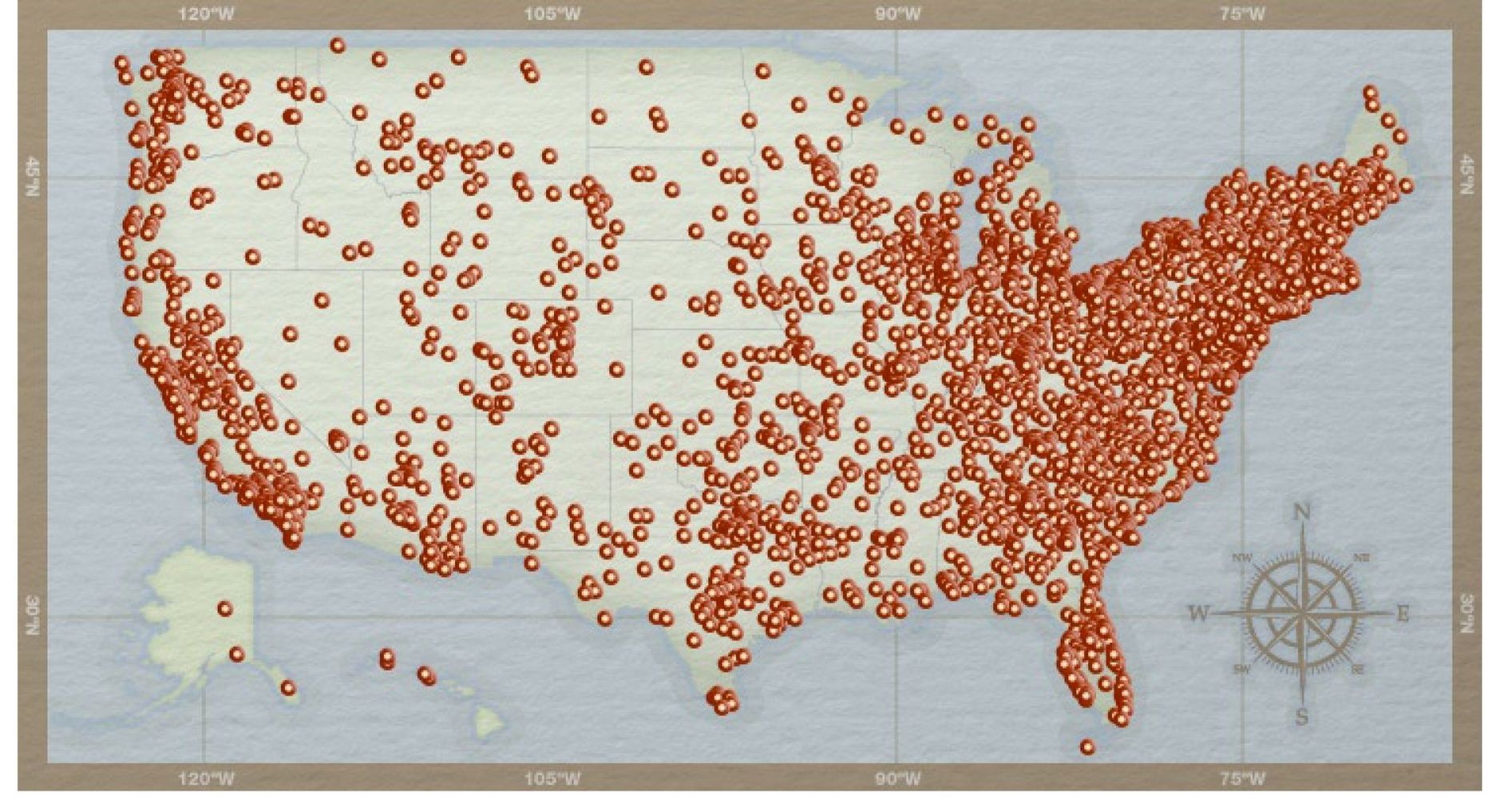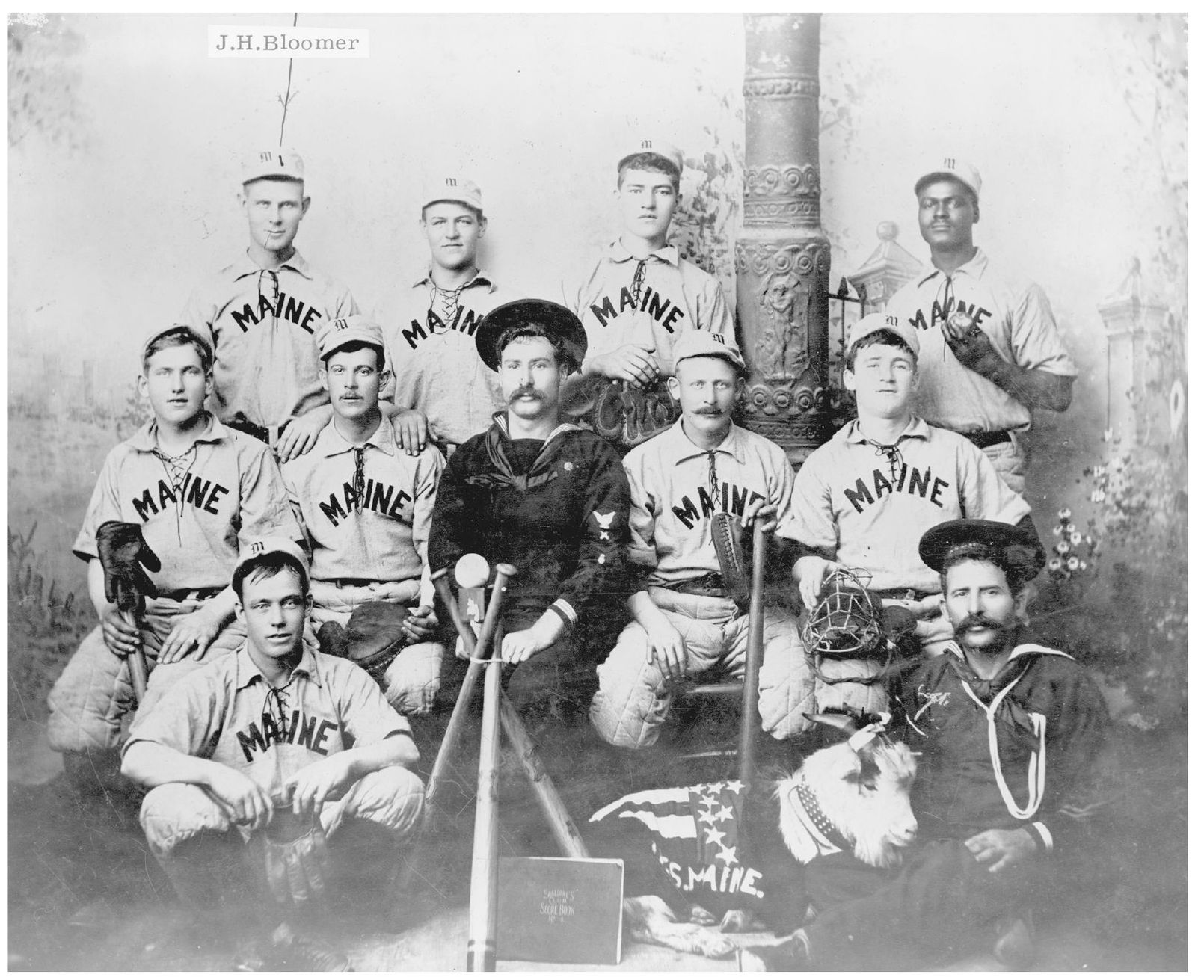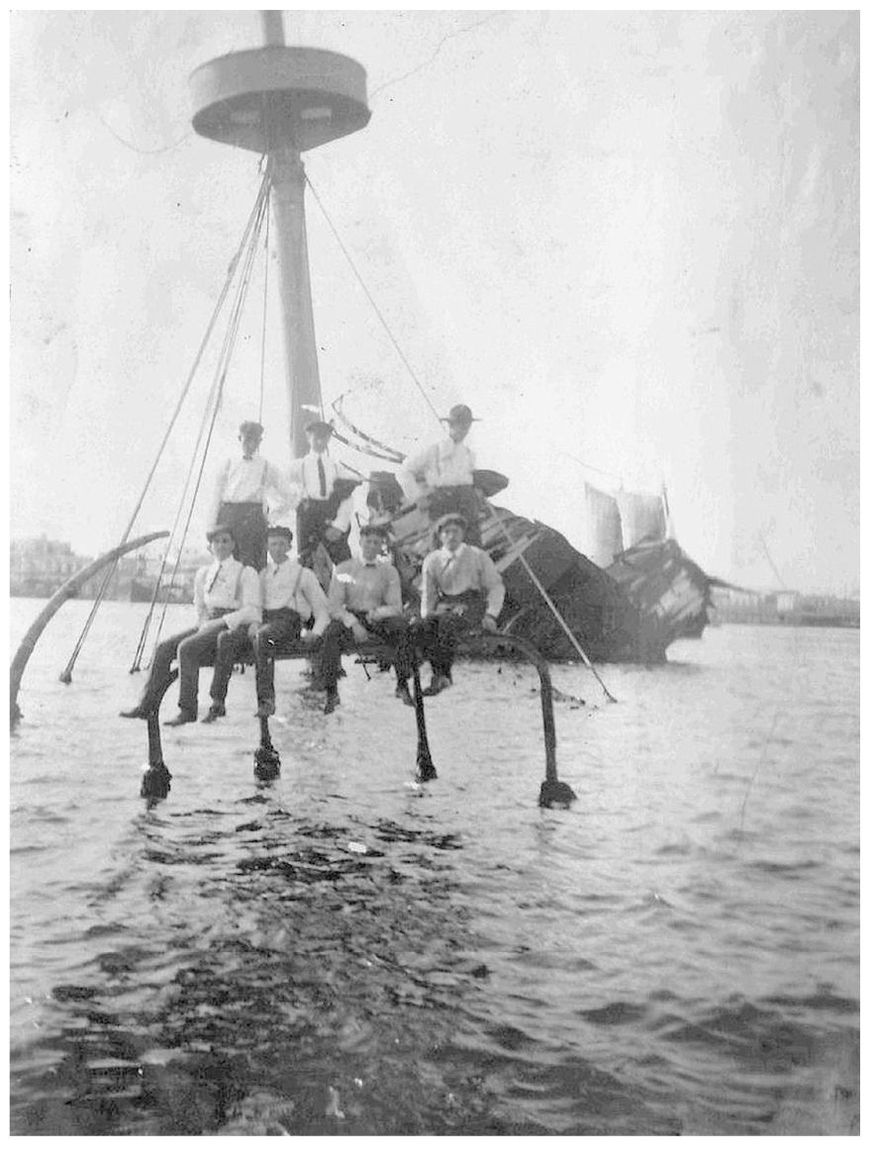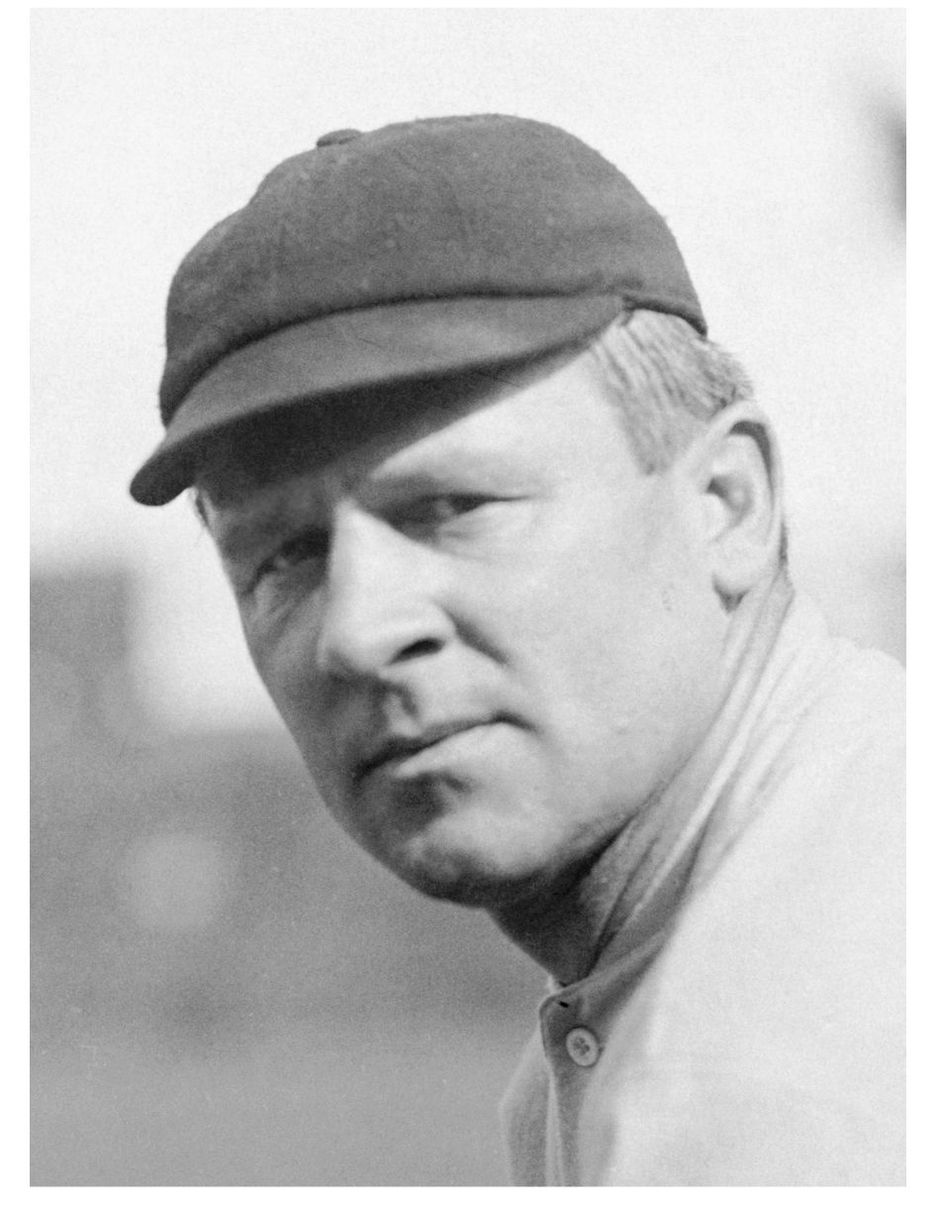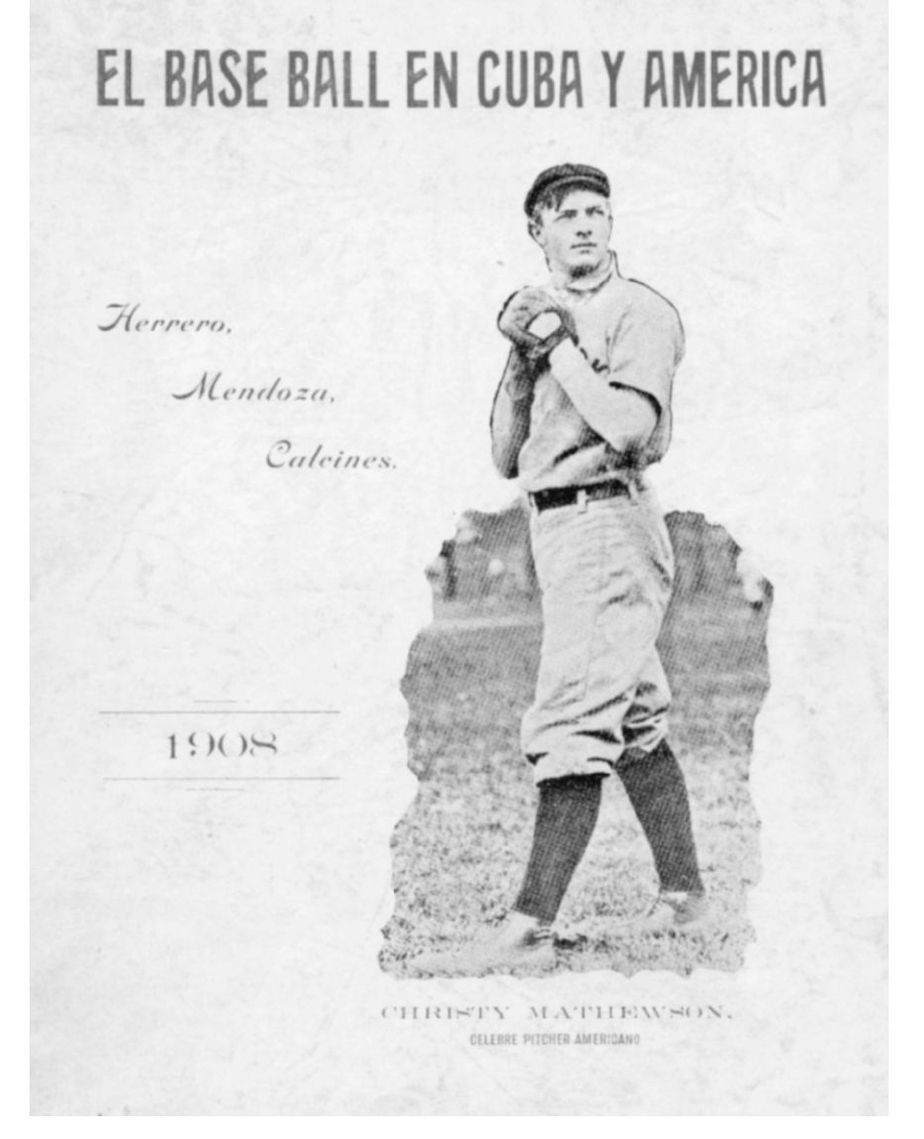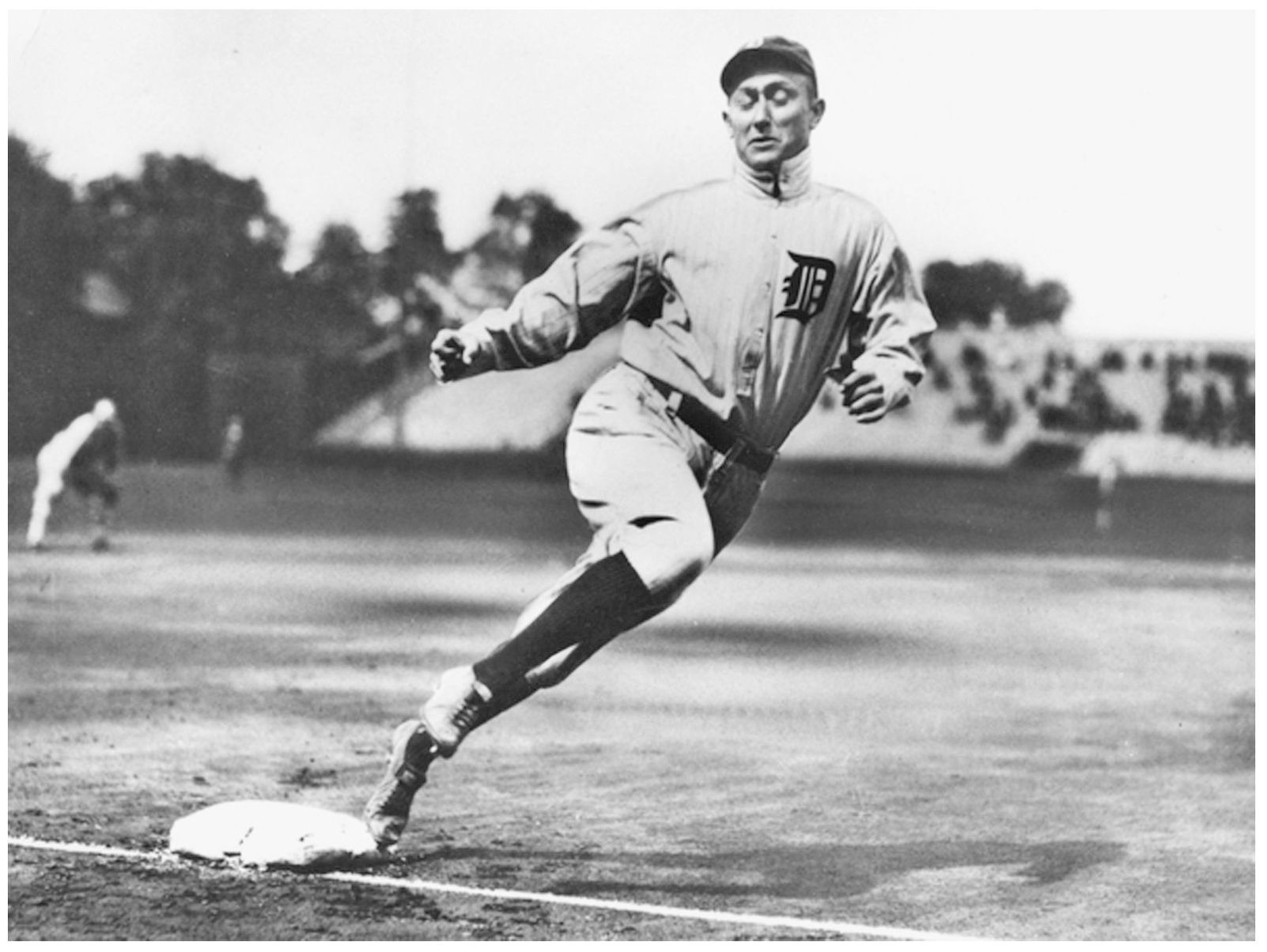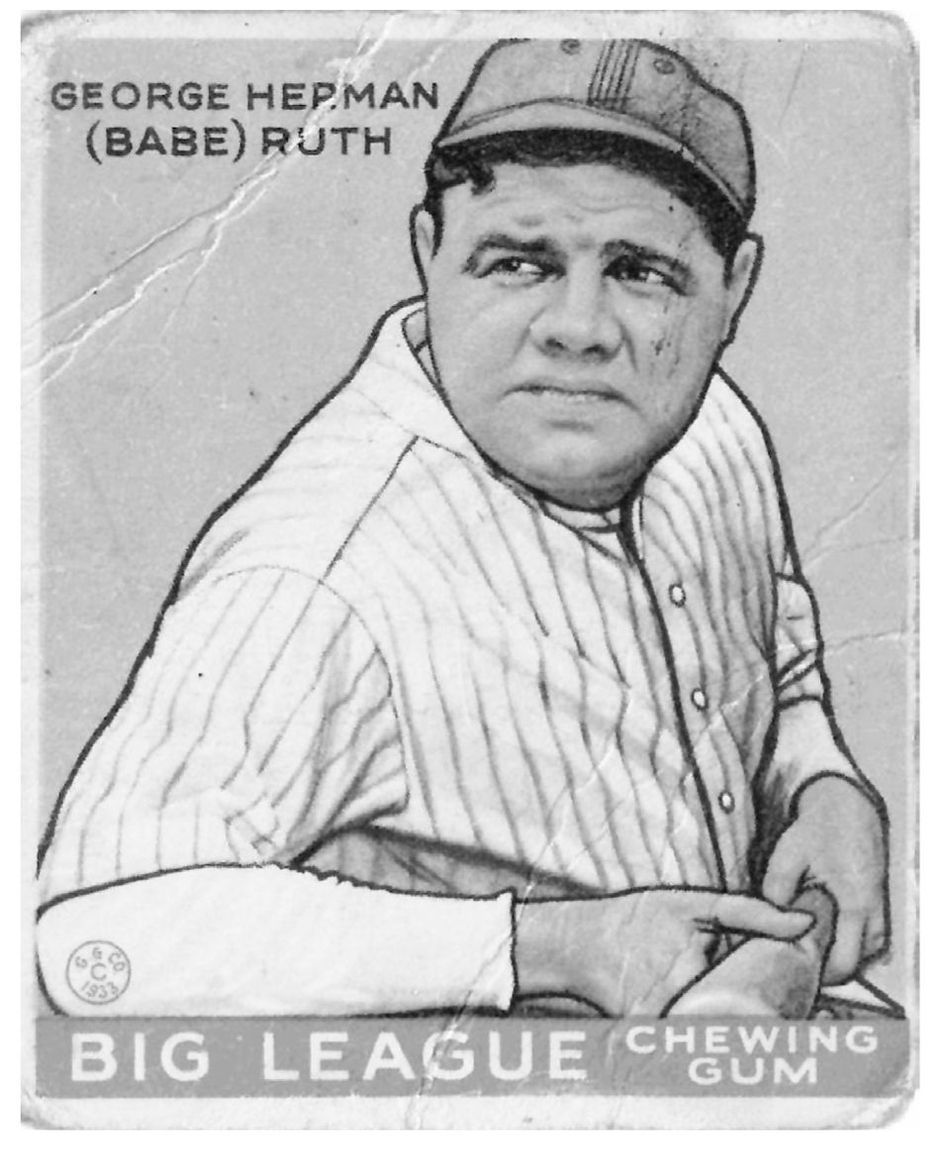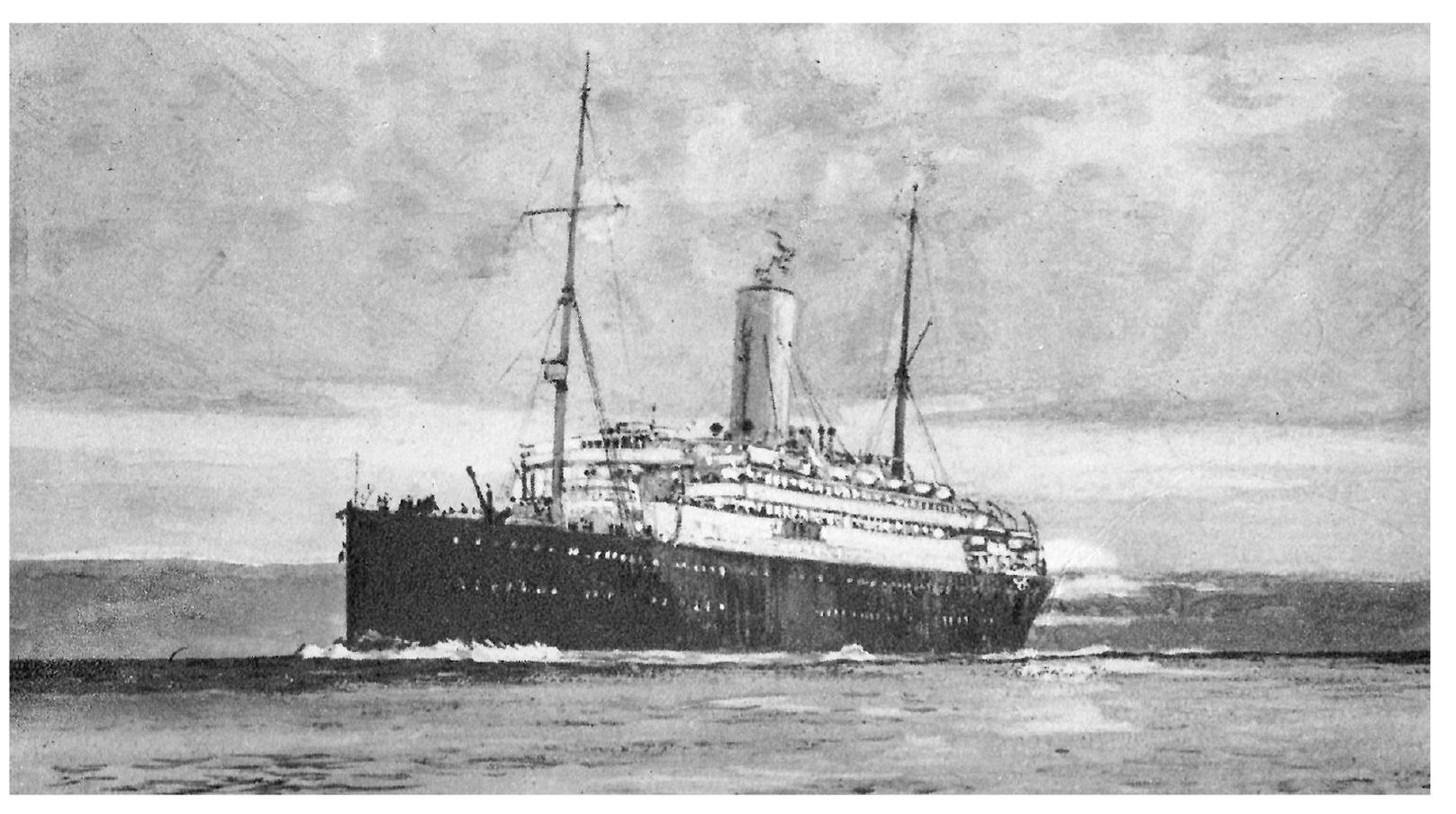ACKNOWLEDGMENTS
Thanks to: Mark Langill and Gary Miereanu of the Dodgers; Judy Walsh and Susan Aprill of the Brooklyn Public Library; Brent Shyer of www.walteromalley.com ; the New York Public Library; Jim Meier; Bill Swank; Bill Stetka of the Baltimore Orioles; Dagoberto Rodriguez, chief of Cuban Interests Section, Washington, D.C.; and Larry Register. en Cuba: La Biblioteca Nacional de Jose Mart, Havana; Luis Fernndez, Ministerio de Relaciones Exteriores, Repblica de Cuba; Fidel Castro Ruz, president/council of the State of Cuba, Repblica de Cuba; Lic Olga Lopez Rodriguez, Instituto Nacional de Deportes, Educacin Fisica y Recreacin, Havana; Danylo Sirio, vice president, Special Projects, ICRT (Cuban National Cable Network); Armando Jimenez, director, Cubavision Internacional; Lucia Newman of CNN Havana (and family); Lus Zayas, trainer, Cuban National Baseball League; Antonio Valdez; Pedro Alfonso; Ismael Sen; y Severo Nieto.
Also thank you to the ballplayers and their families: Rugger Ardizoia, Joe Astroth, Ed Bailey, Jack Banta, Rex Barney, Bobby Brown, Cy Buker, Ed Chandler, Johnny Van Cuyk, Cliff Dapper, Scat Davis, Solly Drake, Carl Erskine, Elroy Face, Boo Ferriss, Ed FitzGerald, Bob Friend, Tony Giuliani, Jesse Gonder, Dick Hall, Bill Harris, Gene Hermanski, Cal Hogue, Eddie Joost, Clyde King, Fred Kipp, Marty Kutyna, Bob Lennon, Lefty Locklin, Don Lund, Bob Mabe, Dick Manville, Conrado Marrero, Lefty Martin, Skip Mauch, Ralph Mauriello, Pat McGlothin, Lefty Minner, Bobby Morgan, Don Newcombe, Luis Olmo, Claude Osteen, Jack Paepke, Lynn Parrott, Don Pavletich, Eddie Pellagrini, Lee Pfund, Dave Philley, Billy Raimondi, Frank Robinson, Preacher Roe, Elmer Sexauer, Carl Scheib, Stretch Schultz, Vin Scully, Shotgun Shuba, Charlie Silvera, Duke Snider, Liz Stansky, Eddie Stevens, Pete Suder, Joe Tepsic, Preston Ward, Jim Waugh, Lou Welaj, Yaz, and Gus Zernial.
All photographs are from the Los Angeles Dodgers, the Brooklyn Public Library/ Brooklyn Eagle Collection; the Walter OMalley Foundation; Cesar Lopez, www.cubanball.com ; TranscendentalGraphics, www.theruckerarchive.com ; Sporting News ; National Baseball Hall of Fame; Library of Congress; Vero Beach Chamber of Commerce; Baltimore Orioles; Bill Loughman Collection; and Lance Richbourg Jr., unless otherwise credited. Baseball cards are courtesy of Topps. Other memorabilia is courtesy of the Jim Allyn Collectionthanks to you and Rophe for always being there.
Find more books like this at
www.imagesofamerica.com
Search for your hometown history, your old
stomping grounds, and even your favorite sports team.
1
EARLY ON
Americans and cubanos first played baseball on the island in the 1860s when U.S. Navy warships patrolled Havana Harbor, and the sailors introduced the game on shore leave. In 1891, the first U.S. All-Star team came through. Over the years, more than a dozen big league teams (and legends like Babe Ruth) played in Cuba. The Brooklyn Dodgers maintained the strongest ties, starting in 1900. The USS Maine team arrived in 1898. When an explosion sank the ship, 284 sailors died. Of the 89 survivors, only one ballplayer made itJ. H. Bloomer.
When Tampas team traveled to Havana in 1904, ballplayer Jim McGuicken brought his camera. Cuba won the series 4-2, and the guys went sightseeing. Six years after the Maine incident, the wreckage was still in its half-sunken spot. At left, several Tampa ballplayers pose aboard the former ship. It has long since been removed, but a large monument at the site (on land) includes a pair of cannon from the sunken ship.
Hall of Fame manager John McGraw helped pioneer the American-Cuban baseball link. He played with the first U.S. All-Stars there in 1891 and kept coming back for decades. The barnstorming buccaneer of baseball, the Los Angeles Times noted in 1932, has cruised the Spanish Main demonstrating baseball to those sitting in darkness, playing cricket and ukuleles. He has invaded the Hawaiian Islands, the Philippines, Ceylon, the British Isles and Brooklyn with baseball teams.
Christy Mathewson was already a superstar when McGraw-managed teams began visiting the isle. The year this Cuban baseball guide was published in 1908, Matty won 37 ball games. Three years later, Mathewson recorded a trio of victories during the Giants visit, pacing his squad to a 9-3 mark against local teams.
In 1909, the defending league champs, the Detroit Tigers, played a dozen preseason games in Cuba. They finished 4-8, getting a no-hitter in one, but were without Ty Cobb. The next spring, Cobb showed for the last five contests. Detroit managed a 7-5 mark, 4-1 with Cobb and 3-4 without him. He hit .368 during the series.
In 1920, Babe Ruth showed up late during the 10th game of 12 to play for McGraws Giants, on loan from the rival Yankees. He smacked several homers, including the longest one in Almendares Park history. According to legend, he then headed off to inspect the local breweries and distilleries.
Before they became the mighty Yankees, the New York Highlanders tried spring training in Bermuda in 1913. They sailed aboard the Royal Mail steamer Arcadian with team president Frank Ferrell on hand to tell the ball players to not lean too far over the rail of the ship, according to the New York Times . But, the players experienced a rough trip, and several suffered from seasickness. When they arrived, most spent the day sightseeing and getting rid of their sea legs.
The pre-Yanks stayed at the Oleander Hotel. The hotel is only four minutes walk from the Hamilton Cricket Grounds, where the team will play, observed the Times. Manager Chance will preside over a regular training table, which will be an innovation in baseball, the paper reported, laying out a diet similar to that of Atkins today. The club will ship from this city all meats, including roast beef, lamb, ham, and bacon; also, butter and water. Pastry, hot bread, and seasoned dishes will be tabooed.



